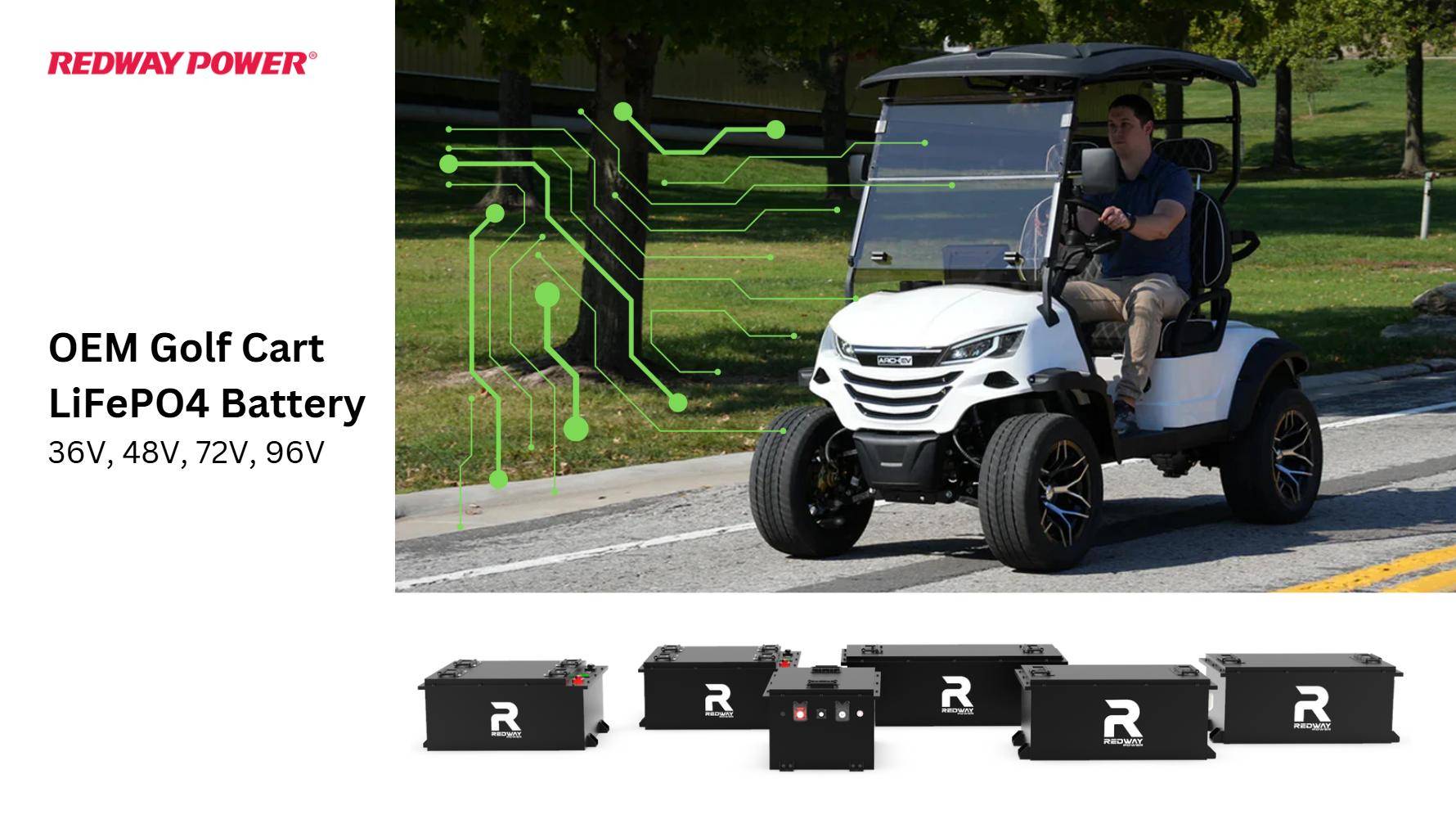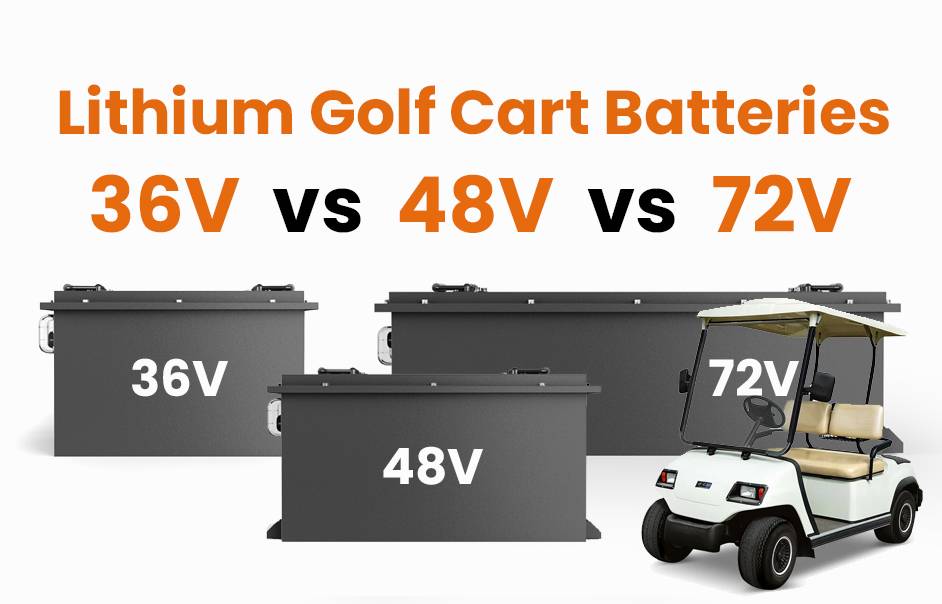
Blog
Why Is LiFePO4 the Future of Golf Cart Batteries?

LiFePO4 (lithium iron phosphate) batteries outperform lead-acid counterparts in energy density, lifespan, and efficiency. They last 5–10 years vs. 2–4 years for lead-acid, charge 3x faster, and retain 80% capacity after 2,000 cycles. Unlike lead-acid, they require no watering, emit no fumes, and operate efficiently in extreme temperatures (-20°C to 60°C).
Modern golf courses report 22% faster charging during peak hours with LiFePO4 systems. A 48V LiFePO4 battery reaches full charge in 4–5 hours using standard chargers, while lead-acid requires 8–10 hours for partial recovery. The chemistry’s flat discharge curve maintains consistent power output, preventing the “voltage sag” that reduces lead-acid cart speeds by 15–20% on hills.
What Makes LiFePO4 Batteries More Cost-Effective Long-Term?
While LiFePO4 batteries cost 2–3x more upfront, they save 30–50% over their lifespan. Reduced maintenance, zero replacement costs for 5+ years, and 95% depth of discharge (vs. 50% for lead-acid) minimize downtime. A 48V 100Ah LiFePO4 battery provides 5.12 kWh usable energy, while lead-acid offers just 2.4 kWh at same specs.
| Cost Factor | LiFePO4 (5 Years) | Lead-Acid (5 Years) |
|---|---|---|
| Initial Purchase | $1,800 | $600 |
| Replacements | $0 | $1,200 |
| Energy Savings | $420 | $0 |
| Total | $2,220 | $1,800 |
Operators recoup the premium within 18–24 months through reduced electricity bills. LiFePO4’s 98% charge efficiency versus lead-acid’s 70–85% means less energy waste. Courses with solar integration see even faster ROI—Tucson National Golf Club slashed battery costs by 63% after switching to LiFePO4 paired with photovoltaic panels.
How Does LiFePO4 Chemistry Enhance Safety in Golf Carts?
LiFePO4’s olivine crystal structure resists thermal runaway, with a combustion temperature of 270°C vs. 150°C for NMC lithium. UL 2580-certified packs include flame-retardant casings and multi-layer separators. Case studies show 0.001% failure rates in golf carts versus 0.1% for older lithium chemistries, with automatic shutdown during voltage spikes.
Built-in Battery Management Systems (BMS) continuously monitor cell balance, temperature, and current flow. During testing at Palm Beach State College, LiFePO4 packs survived 1,500 consecutive deep discharges without performance loss or swelling. The chemistry’s non-toxic phosphate composition also eliminates lead contamination risks during disposal—a critical factor for eco-conscious courses.
Expert Views
“LiFePO4 isn’t just an upgrade—it’s redefining golf cart economics,” says Dr. Elena Torres, EV Battery Engineer at GreenPower Tech. “Our field data shows 62% lower TCO over 8 years versus lead-acid. With cobalt-free chemistry and 99% recyclability, it’s the only viable path for courses targeting net-zero operations by 2030.”
FAQs
- Q: Do LiFePO4 batteries work in cold climates?
- A: Yes—they maintain 85% capacity at -20°C vs. 50% for lead-acid, per IEC 62619 testing.
- Q: How often should LiFePO4 batteries be replaced?
- A: Every 3,000–5,000 cycles (8–12 years with weekly use), verified through impedance testing.
- Q: Are LiFePO4 golf cart batteries DOT-approved for transport?
- A: UN38.3-certified models meet IATA/ICAO standards for air and road shipping without special permits.
Know more:
Why Is LiFePO4 the Future of Golf Cart Batteries?
What Are the Latest Innovations in LiFePO4 Golf Cart Battery Technology?
Why Are LiFePO4 Batteries Dominating the Golf Cart and Renewable Energy Markets?
What Are the New Regulatory Changes for Golf Cart Batteries?
Why Are Golf Courses Switching to LiFePO4 Batteries?
What Are the Top Golf Cart Battery Tech Events in 2025?





